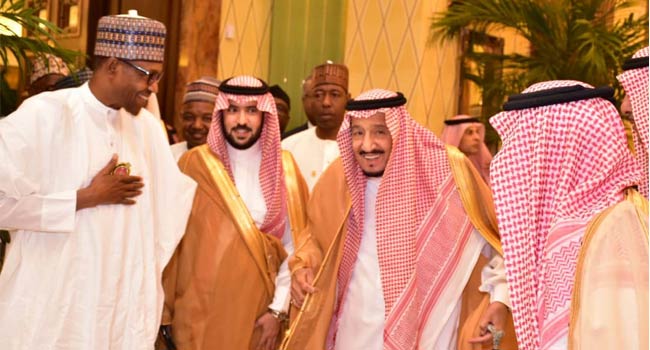Prime Minister Abiy Ahmed said the Grand Ethiopian Renaissance Dam (GERD) holds multiple benefits for the two downstream countries of Sudan and Egypt, as well as the East African region at large.
In his statement released today, the premier described the renaissance dam as a good example that is demonstrative of the principle of cooperation.
“The dam has been constructed through the earnest contribution of all citizens of Ethiopia and holds multiple benefits for the two downstream countries of Sudan and Egypt, as well as the East African region at large,” according to the prime minister.
Noting that the benefits for downstream countries are often untold, Abiy said that in Sudan, for example, the GERD provides ample protection against devastating floods and the effects of water shortage during drought and dry periods.”
He added it will help Sudanese water infrastructure to be operated optimally as they receive regulated flow.
“This means that more electricity could be generated from existing infrastructure and adequate and regular water could flow in the river downstream throughout the year to enable reliable water supply for people, agriculture, and the ecology. The GERD also brings more energy to the already interconnected systems of Sudan and Ethiopia as well as to others.”
Speaking the benefit of Egypt specially to Egypt as a downstream country, the statement said that the country also benefits from water conservation at the GERD instead of wastage of billions of cubic meters of water to evaporation and in downstream flood plains.
“The GERD also helps to prevent future spillage that overtops the Aswan Dam. Globally and in the Nile region, the GERD as a clean renewable energy source would help to reduce emission that could avoid up to 10.6 million tons of greenhouse gases if it were produced from fuel, coal or gas plants.” he indicated.
Hence, development of the GERD plays an important role in meeting and increasing renewable energy generation share towards Sustainable Development (SDG) Goal 7 and better water management of Goal 6 of the SDGs, as well as meeting many targets of Africa’s Agenda 2063.
The statement further stated that for the Nile region and for all its citizens, the GERD has a potential to stabilize energy mix.
He also stressed the need to downplay such negative discourses regarding the renaissance dam since it holds multiple benefits for the Nile region.
“While perceived negative factors have been made more visible in the GERD discourse, the positive attributes rather outweigh the opposing rhetoric and downplay the potential for cooperation to mitigate negative factors, if such factors exist.”
Consequently, Prime Minister Abiy urged that “ it is time for our three countries of Ethiopia, Egypt and Sudan to nurture the narrative towards building peace, cooperation, mutual co-existence and development of all our people without harming one another. Nile in general and the GERD project in particular are opportune for such a higher purpose.”
Moreover, the major function of the GERD is to manage the highly variable flow of the Abbay and produce 15,700-Gigawatt-hour per year electricity since for Ethiopia electricity remains a resource that is enormously lacking, he pointed out.
“ Large quantity of the flow (about 90 percent) occurs within four months of the rainy season and during the rest of the year the mighty Abbay trickles like a small river. The dam is needed to regulate this variable flow by reducing flooding and augmenting dry flow.”



